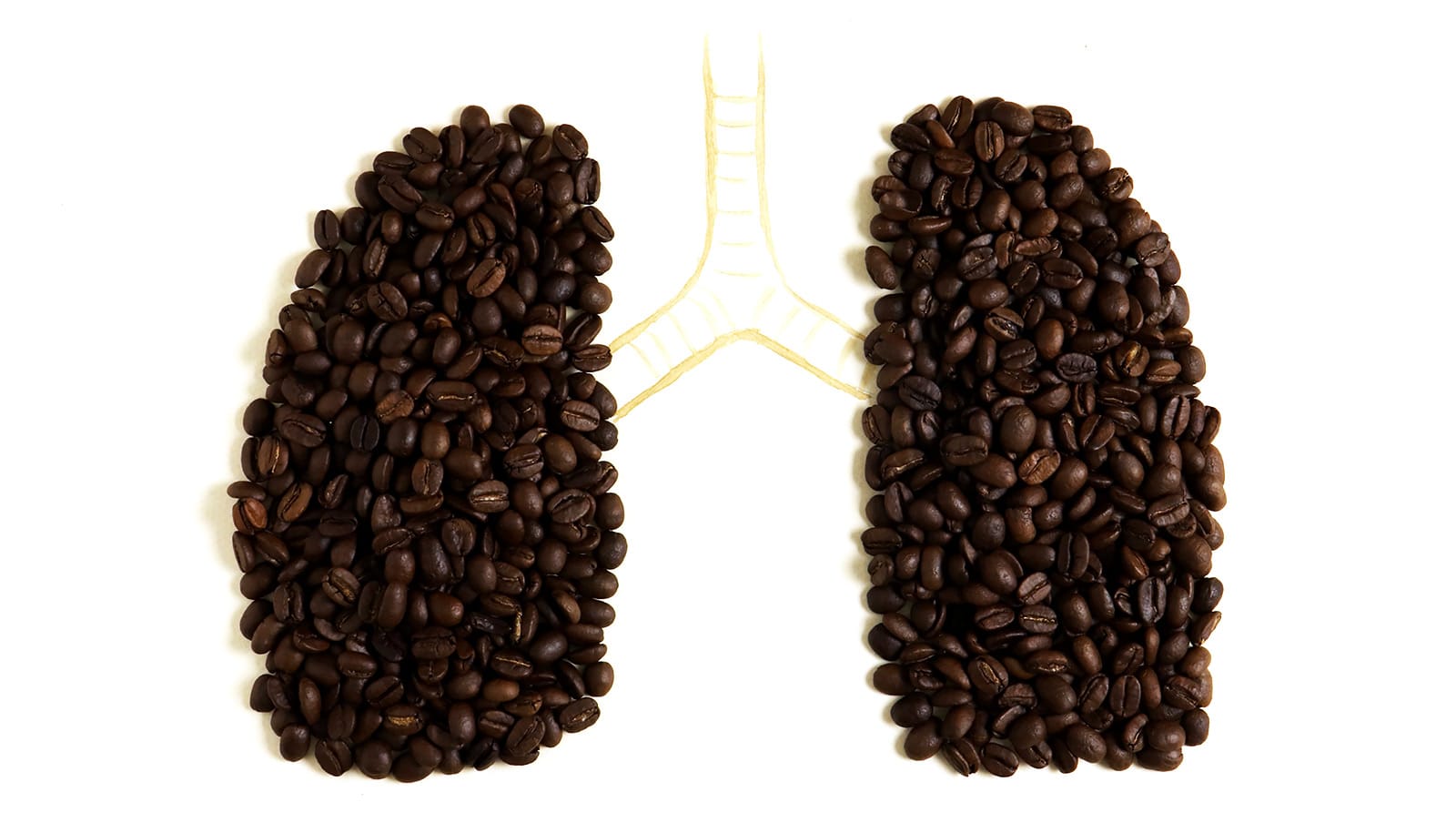A comprehensive review of research looks at ways to protect coffee plants from pests without the overuse of pesticides.
Globally, people drink nearly three billion cups of coffee each day.
When grown as a monoculture crop, coffee plants face a barrage of attacks by insects, bacteria and fungi. Climate change may also exacerbate these attacks. On larger coffee plantations in particular, this has led to the increased use of pesticides, the primary weapons that farmers use to combat unwanted guests.
In Brazil, the world’s largest coffee producer and pesticide consumer, chemical pesticide use increased by 190% in a single decade. Estimates show that roughly 38 million kilograms of pesticides are used annually in Brazilian coffee production.
And since 2019, 475 new pesticides have been approved in Brazil. More than a third of these are not approved in the European Union due to their toxicity.
“The problem is that there are more and more reports of pesticide contamination in groundwater and ecosystems, and harmful symptoms and disorders among animals and humans in areas where coffee is grown—from skin disorders, respiratory problems, to high blood pressure, organ damage, cancer, and cardiovascular disease. All of this seems to be linked to the use of pesticides in coffee production,” says Athina Koutouleas, a newly graduated PhD fellow at the University of Copenhagen’s department of geosciences and natural resource management.
Koutouleas is the lead author of a meta-study published in the journal Plant Pathology that reviews research regarding alternative plant protection strategies for coffee.
“If we want to enjoy our morning coffee in the future, we’ll need to stop producing it like there is no tomorrow. Pesticides are effective against pests and plant diseases and can provide coffee farmers with a high yield in the short term. But in the long run, you shoot yourself in the foot by destroying ecosystems and health at large,” says Koutouleas.
The researchers point to a variety of strategies as sustainable alternatives to traditional chemicals. One of them is agroforestry—the cultivation of crops and trees on the same land. This method would return coffee growing back to the coffee plant’s “roots.”
“The coffee plant originated thousands of years ago in an environment shaded by a rich array of plants, shrubs, and trees in southwestern Ethiopia. This is the traditional way Ethiopian farmers grow coffee. It often has the advantages of minimizing pests and diseases while strengthening plant health, biodiversity, and ecosystems,” says Koutouleas.
Furthermore, agroforestry diversifies a farmer’s income revenues as profits can be earned on both the coffee beans and secondary farm products such as wood, livestock feed, or fodder and other tropical cash crops such as vanilla or cinnamon.
“The challenge may be that some pests and diseases will tend to thrive in such a system. So, deciding on which combination of plants and trees offers the most value for the farmer and must be carefully planned. For example, should fast-growing banana trees be planted or hardwoods that can be harvested for timber? Thus, the cultivation method must be adapted to local needs. It is no magic bullet, but in my view, it’s the most sensible one,” says Koutouleas.
The researchers also point to expanding the use of biological control where, instead of chemical pesticides, farmers introduce bacteria, fungi, and insects to serve as natural enemies for pathogenic organisms.
The third possible strategy highlighted by the researchers is a new genomic technique called RNA interference. Here, RNA molecules are sprayed onto a crop, which then turn off vital genes in the target organism that threatens the coffee plant. One of the primary advantages of the technique is that the substance only affects the targeted pest and is quick to degrade in the environment. This technique has been tested on a number of crops, but not yet on coffee.
Small-scale farmers cultivate 70 to 95% of the world’s coffee on plots of land that are typically less than five hectares (approximately 12 acres). The vast majority of them do not use pesticides and already engage in agroforestry to one degree or another. The remaining are large-scale farmers, generally located in Brazil and Vietnam, who account for a disproportionate share of global production.
Koutouleas claims that the cultivation of coffee by these farmers pose the major problem: “It is this small percentage of coffee farmers who are pushing production in an unsustainable direction by growing coffee as monoculture and using lots of pesticides. But if you degrade the environment in which coffee grows, the very environment which the plant relies on is jeopardized.”
Besides investing in research focused on environmentally friendly genomic technology, the researchers recommend that farmers be supported at the national or international level to switch to agroforestry or the other strategies recommended.
“Farmers that implement green initiatives should be rewarded through compensation programs. Emphasis should also be on coffee roasters, importers and other links in the value chain with sustainability programs that actually make a difference to the coffee plant, the environment it is cultivated within and the people who cultivate it,” concludes Koutouleas.
Source: University of Copenhagen



